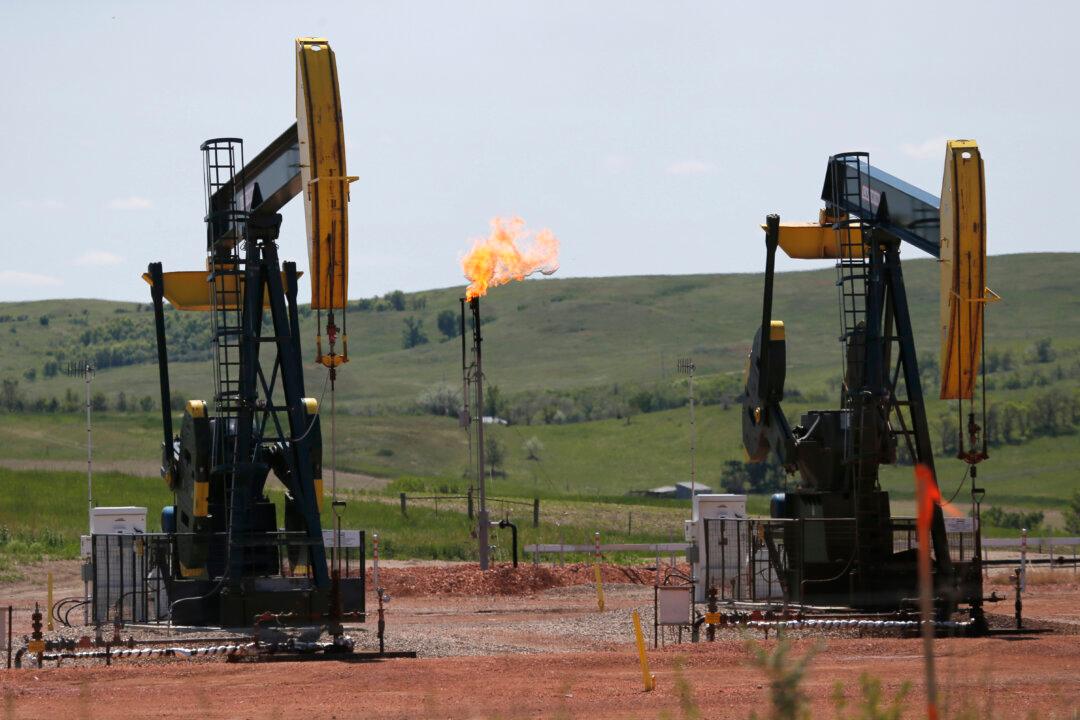Methane emissions from human activities have risen by 20 percent in the last two decades, according to a new report.
The Global Methane Budget 2024, produced by international research partners including Australia’s national science agency, the CSIRO, found that methane had increased by 61 million metric tonnes per year.





